According to a survey by Nguoi Dua Tin , since the beginning of May 2023, a series of banks have announced a reduction in deposit interest rates by 0.5 percentage points for many terms.
The interest rate of nearly 10% has disappeared from the market after being listed in the first few months of this year, replaced by an interest rate of around 9%/year.
In the system, ABBank is paying the highest interest rate of 9.2%/year for 15-month term for online savings. If saving at the counter, ABBank's interest rate is 8.9%. In case customers save but receive interest at the beginning of the term, ABBank's interest rate ranges from 8.01% - 8.25%/year.
At SCB, for terms of 10-15 months, the bank lists savings interest rates at the counter ranging from 6.94% - 7.6%/year. Depending on the customer's interest payment method, if the customer chooses to receive interest at the end of the term, SCB will pay the highest interest rate of 7.6%/year.
Recently, VPBank also simultaneously reduced interest rates by 0.2 percentage points for terms over 12 months. Currently, 8%/year is the highest interest rate applied for terms of 12-13 months and 7.2%/year for terms of 15-36 months, applied to online savings deposits.
12-month term interest rates at major private banks such as HDBank and SHB are still high, at 8.3%/year and 7.9%/year respectively. On the other hand, interest rates at ACB and Techcombank have dropped sharply to 7.7%/year and 7.6%/year.
The lowest interest rate in the system is currently 7.2%/year for a 12-month term belonging to the group of state-owned banks BIDV, Vietcombank, VietinBank and Agribank .
Many banks also sharply reduced interest rates for 6-month terms. However, there are still some banks listed above 8%/year such as NCB (8.4%/year), Bao Viet Bank (8.3%/year), HDBank (8.3%/year), OCB (8.1%/year),...
8.5%/year is the current highest interest rate for a 6-month term, currently 3 units listing this rate are ABBank, VietABank and Nam A Bank.
In addition, most banks pay interest rates from 6.6-7.8%/year. The two major units, MB and VPBank, have opposite listed rates for this term. While MB has dropped sharply to 6.6%/year, VPBank still applies 8%/year.
The four “big” banks all apply a rate of 5.8%/year for over-the-counter deposits and 6.5-7.2%/year for online deposits. This is the lowest rate in the current system.
Savings interest rates continue to decrease, continuing the upward trend of lending interest rates. Recently, Agribank announced a further reduction of 0.5% per year in lending interest rates for existing medium and long-term loans of customers, applicable from May 15, 2023 to September 30, 2023.
It is estimated that about 2 million customers will be supported with a total amount reduced under this program of more than 1,000 billion VND. This is the 5th consecutive time since the beginning of 2023 that Agribank has adjusted to reduce lending interest rates.
For short-term credit, Agribank is also implementing many preferential interest rate credit programs, the lowest rate is only from 4.5%/year depending on the loan term and borrower.
However, in reality, many units reflect that lending interest rates are still high. According to a newly released report by Bao Viet Securities Company (BVSC), the average 12-month mobilization interest rate in May reached 7.61%, down 0.18% compared to the previous month. Meanwhile, the average 6-month mobilization interest rate reached 7.07%, down 0.22% compared to the previous month.
According to BVSC, although it has decreased significantly from its peak, deposit interest rates are still significantly higher than the pre-pandemic level. The fact that deposit interest rates remain high is also a factor that has prevented lending interest rates from decreasing much, somewhat affecting credit growth.
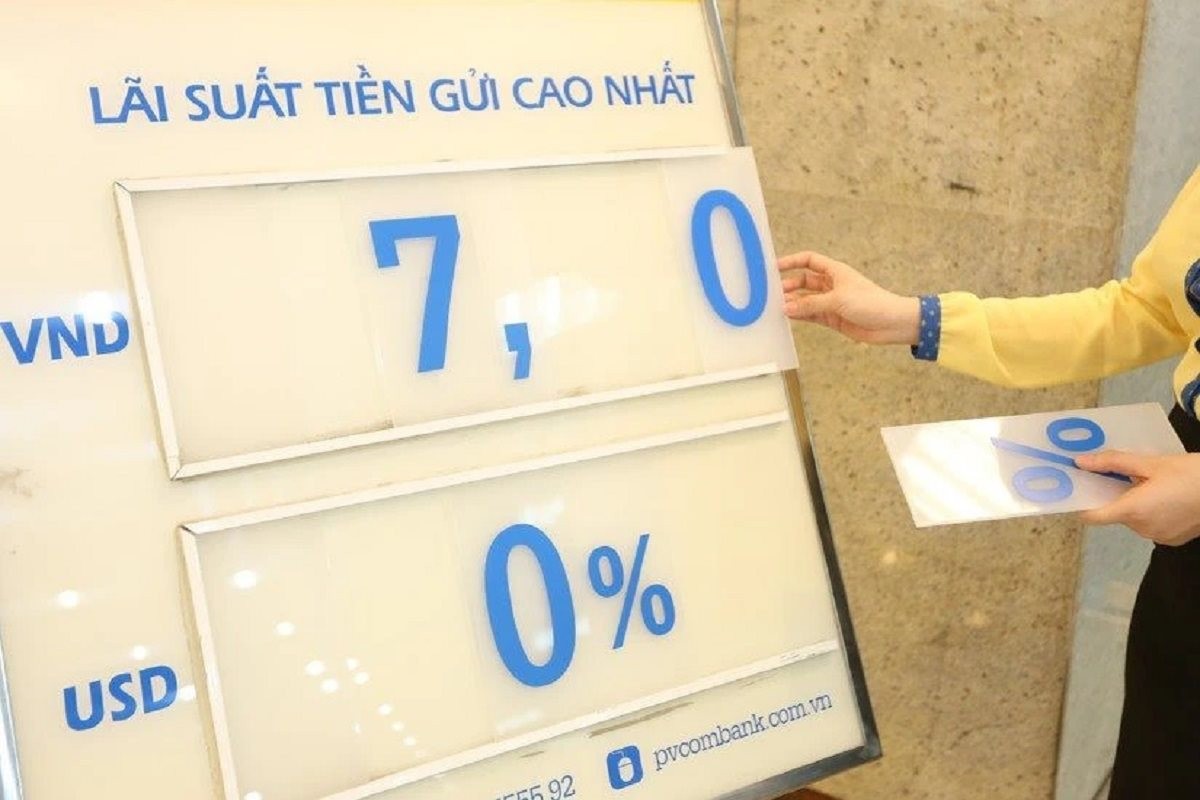
Lending interest rates remain high for many reasons, pressure from both domestic and foreign sources.
On May 17, the State Bank issued a number of announcements explaining why lending interest rates remain high. According to the monetary authority, lending interest rates remain high due to many reasons, including pressure from both domestic and foreign sources.
“Although inflation has stabilized, the existing and latent inflationary pressure has made people expect positive real interest rates, making it difficult for credit institutions to reduce interest rates to attract deposits, causing banks' input costs to remain high,” the State Bank explained.
Capital mobilization as of April 27, 2023 increased by 1.78%, only nearly 50% compared to the credit growth rate of 3.04%.
At the same time, the banking system is still in the process of restructuring and handling bad debts of credit institutions, upgrading governance standards according to international practices..., some small-scale commercial banks maintain high deposit interest rates to retain customers, making it more difficult to reduce lending interest rates.
The State Bank said it will study and manage interest rates in line with macroeconomic balance, inflation and monetary policy targets; at the same time, it will continue to encourage banks to implement cost-saving solutions to reduce lending interest rates, in order to support businesses and people to recover and develop production and business .
Source


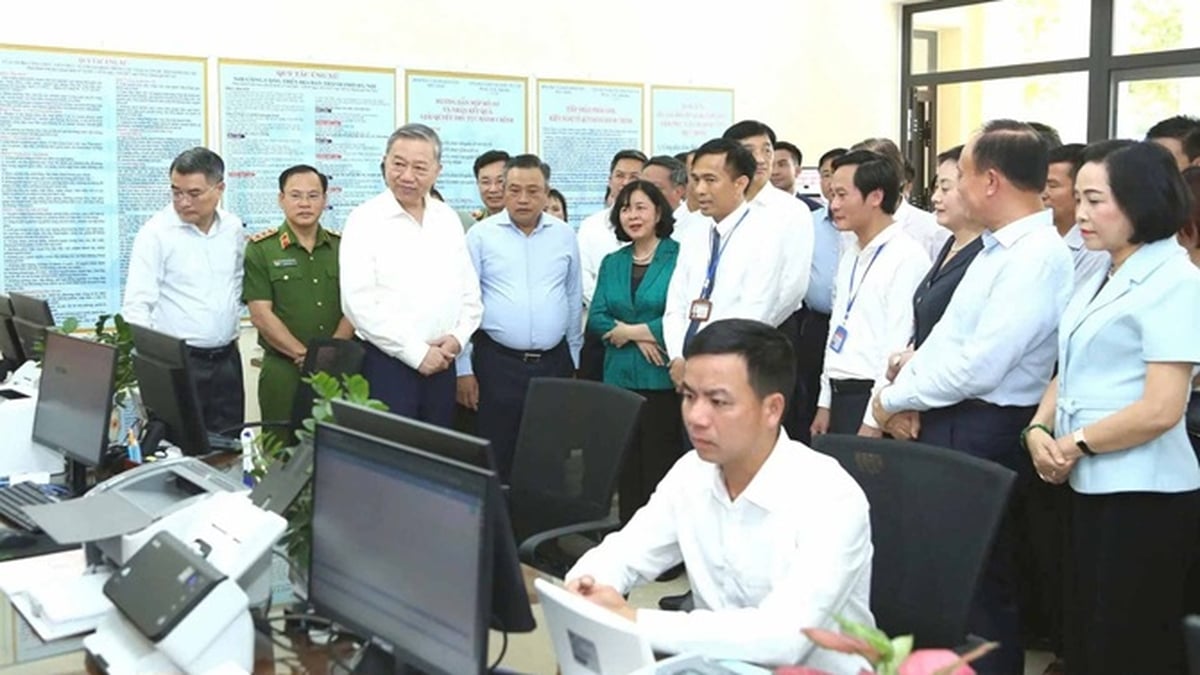
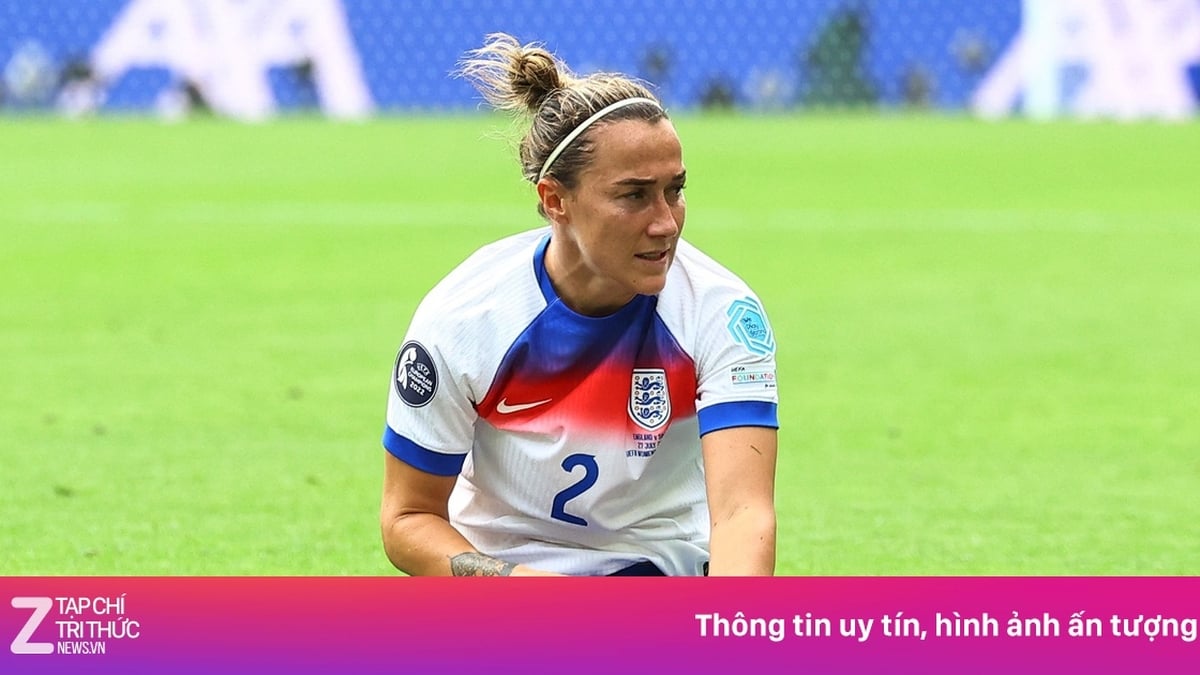
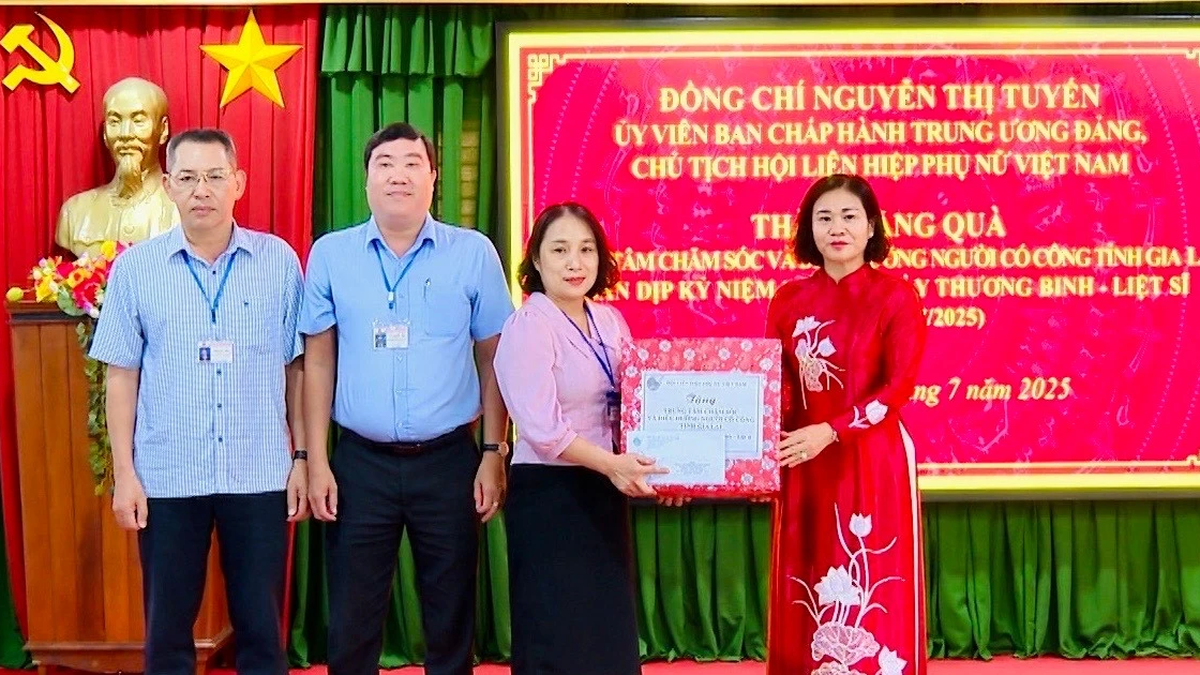
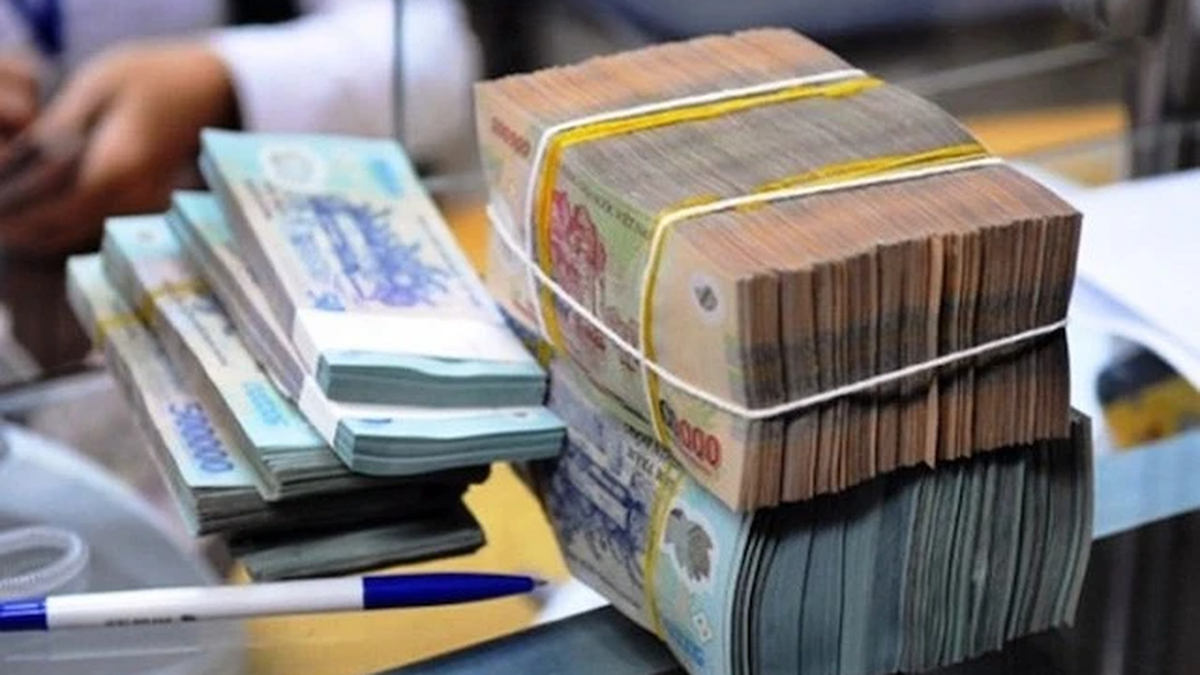





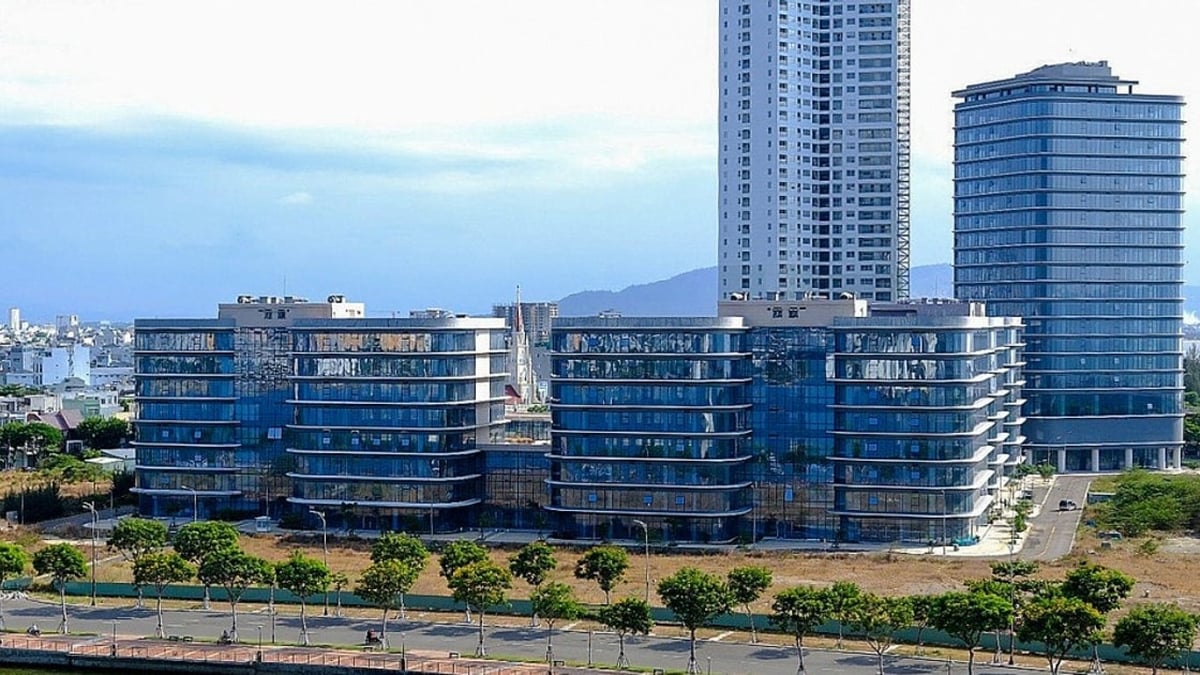


















































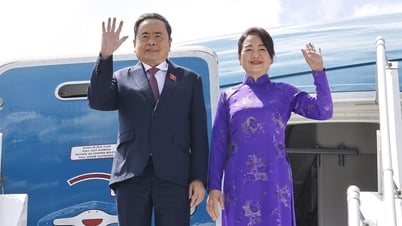



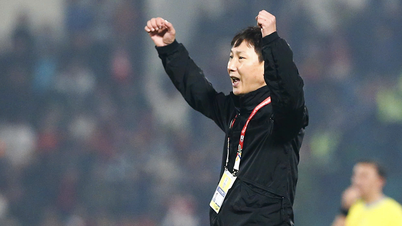

































Comment (0)